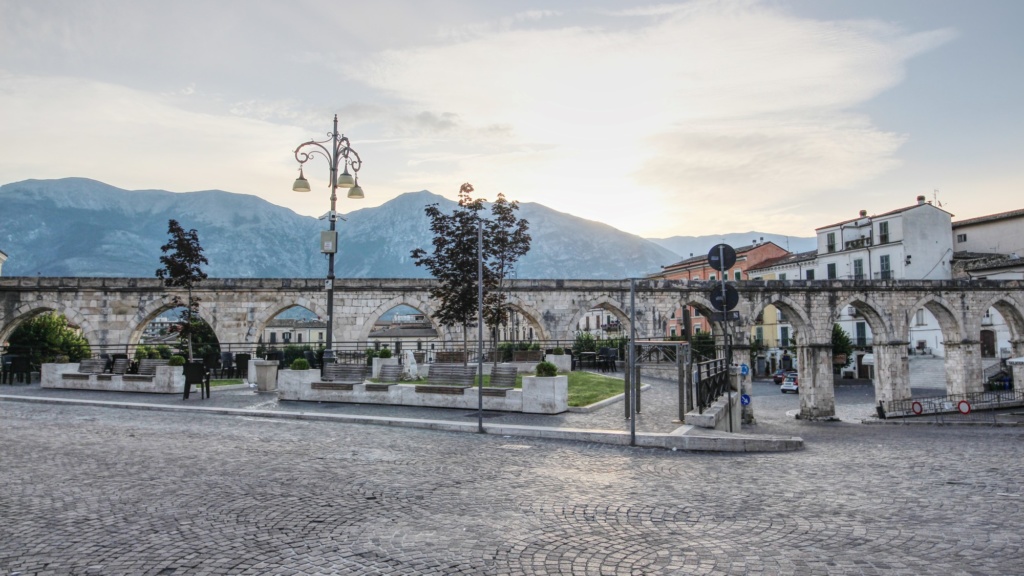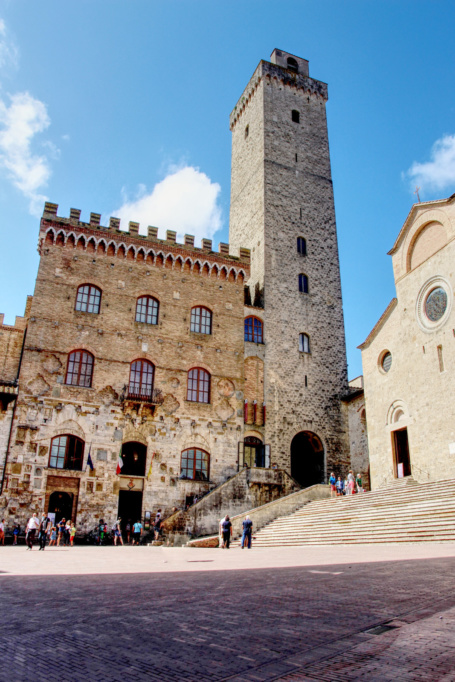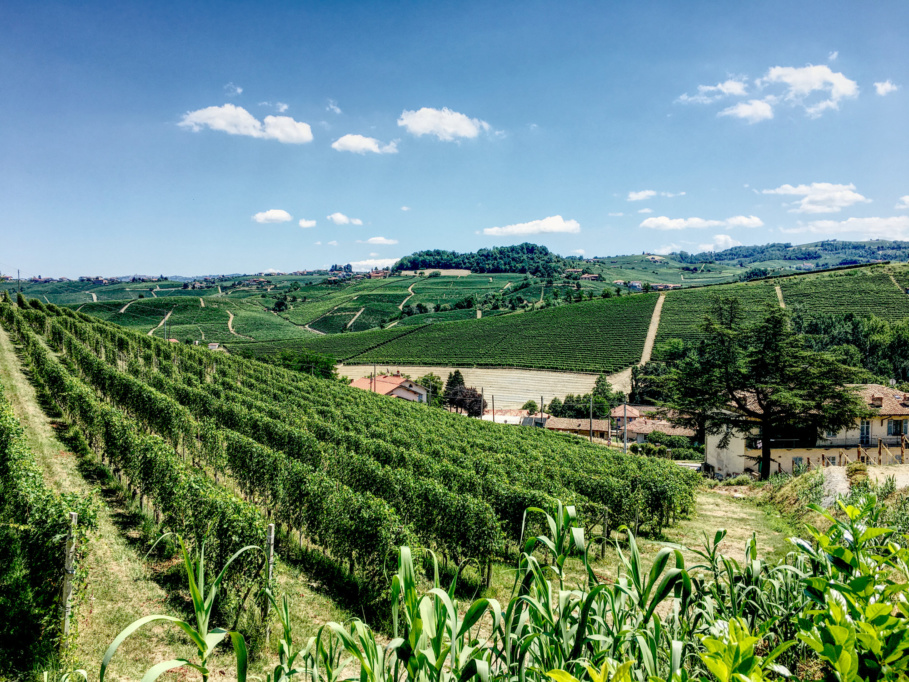ITALY
TRAVEL GUIDE
Explore Italy with our travel guide: A country of unparalleled beauty, offering a tapestry of history, art, and landscapes. From the ancient ruins of Rome to Venice’s serene canals, the rolling hills of Tuscany, and the stunning Amalfi Coast. Savor exquisite cuisine, world-renowned wines, and immerse in vibrant traditions and charming cities
How To Travel To Italy
The Best Places To Visit In Italy
The Best Cities To Visit In Italy
Need To Know: How To Travel To Italy
Traveling to Italy offers a rich tapestry of history, art, and culture. From the iconic landmarks of Rome to the romantic canals of Venice and the stunning landscapes of Tuscany, every corner is a feast for the senses. Indulge in delicious cuisine, explore ancient ruins, and immerse yourself in vibrant traditions.
Visa requirements for Italy depend on your nationality. Travelers from Schengen Area countries and some others can visit visa-free for up to 90 days. Non-EU citizens, including Americans, Canadians, and Australians, generally need a Schengen visa for stays exceeding 90 days.
The currency of Italy is the Euro (€). It is used across most European Union countries, making it convenient for travelers visiting multiple destinations in Europe. ATMs are widely available, and credit cards are accepted in most places.
Italy can be both affordable and expensive, depending on your travel style. Major cities like Rome and Venice are pricier, while smaller towns offer more budget-friendly options. With careful planning, it’s possible to enjoy Italy on a modest budget.
Italy is generally safe for travelers, with low rates of violent crime. However, tourists should be aware of pickpocketing in crowded areas and popular tourist spots. Standard travel precautions are recommended to ensure a safe and enjoyable trip.
Yes, tap water in Italy is safe to drink and meets high quality standards.
Italy is famous for its traditional dishes like pasta, pizza, and risotto. Regional specialties vary, with fresh ingredients like tomatoes, olive oil, and cheese playing a central role. Iconic dishes include spaghetti carbonara, lasagna, and tiramisu for dessert.
Need to Know
Why Travel to Italy
Tip: Italy offers iconic landmarks, world-class cuisine, and diverse landscapes.
Why: From Rome’s ancient Colosseum to Venice’s romantic canals, Italy blends rich history, Renaissance art, and Mediterranean charm.
How: Explore museums and ruins (€5–20), enjoy local cuisine (€5–15), and book tours via Viator (€20–50) for guided experiences.
Do I Need a Visa
Tip: EU, US, and many nationalities get 90-day visa-free entry (Schengen). Others may need a visa (€60–80). Check requirements in advance.
Why: Ensures smooth entry and compliance with Schengen immigration rules.
How: Check via Italian embassy websites (€0). Carry digital passport copies on Google Drive (€0). Have proof of accommodation ready.
What is the Currency of Italy
Tip: The currency is Euro (€). Budget travelers spend €50–100/day ($50–100).
Why: Euros are used for most transactions; cards are widely accepted in cities and tourist areas.
How: Exchange at banks (€0) or use ATMs (€1–3 fee). Carry small Euro notes (€5–20). Use Revolut (€0 fees) for better rates.
Is Italy Cheap to Visit
Tip: Italy can be affordable, with meals (€5–15), hostels (€20–50/night), and transport (€2–15) at moderate costs outside major cities.
Why: Budget-friendly options in smaller towns and regions suit cost-conscious travelers.
How: Stay in hostels (€20–50). Eat at local trattorias (€5–10). Book via Booking.com (€0) for deals.
Can I Drink the Tap Water
Tip: Tap water is safe across Italy, but bottled water (€0.50–2) is common in restaurants.
Why: High-quality tap water ensures safety, but cultural norms favor bottled water in dining settings.
How: Carry a reusable bottle (€5–15) for tap water. Buy bottled water from shops (€0.50–2) if preferred. Check seals on bottles.
Can I Buy a SIM Card
Tip: Purchase a local SIM card for data and calls (€10–25).
Why: Affordable data plans ensure connectivity for navigation and communication.
How: Buy SIMs at airports or shops (€10–25). Top up via mobile apps (€0). Choose providers like TIM or Vodafone.
Enchanting Italy Travel Guide: Your Gateway to Unforgettable Adventures
Welcome to the Enchanting Italy Travel Guide, your essential companion for exploring a European masterpiece. Italy captivates with its ancient ruins, Renaissance art, and stunning coastlines, from Rome’s Colosseum to Cinque Terre’s colorful villages. This guide covers eight top destinations, cultural experiences, and practical tips to ensure a seamless and unforgettable journey. Whether you’re wandering Venice’s canals or savoring pizza in Naples, let this guide inspire your Italian adventure.
How to Get to Italy
Travel Options
Tip: Fly into Rome (FCO), Milan (MXP), or Venice (VCE) (€600–1500 from North America, €50–200 from Europe). Trains connect from France or Austria (€20–60).
Why: Rome and Milan are main gateways with excellent rail connections to Europe.
How: Compare flights on Skyscanner (€0). Take trains from Paris (€40–80) or Vienna (€30–60). Use trains (€5–30) or buses (€5–20) within Italy.
Best Time to Visit Italy
Optimal Seasons
Tip: Visit in spring (April–June) or autumn (September–October) for mild weather (15–25°C). Summer (July–August) is warm (25–35°C), ideal for coasts. Winter (December–February) suits city exploration (5–15°C).
Why: Spring and autumn offer pleasant weather and fewer crowds; summer is best for beaches.
How: Book accommodations early for summer (€30–150/night). Pack light clothing and sunscreen. Check forecasts via Meteo.it (€0).
Top Destinations in Italy
Rome
Tip: Visit the Colosseum (€16–18), explore the Roman Forum (€12–16), and stroll Piazza Navona (€0). Try carbonara (€8–12) or join a Vatican tour (€20–50).
Why: Rome, the Eternal City, is a living museum with ancient ruins and Renaissance art. The Colosseum and Vatican’s Sistine Chapel showcase Italy’s rich history, while lively piazzas offer a taste of Roman life.
How: Use Rome’s metro or buses (€1.50–2). Book Colosseum tickets online (€0 fees) or tours via Viator (€20–50). Wear comfortable shoes for cobblestones and visit in spring for mild weather.
Florence
Tip: Visit the Uffizi Gallery (€12–20), explore the Duomo (€18–20), and stroll Ponte Vecchio (€0). Try bistecca alla fiorentina (€10–20) or join a Renaissance tour (€15–40).
Why: Florence, the cradle of the Renaissance, boasts masterpieces like Michelangelo’s David and the Duomo’s iconic dome. The Ponte Vecchio and charming streets offer a blend of art, history, and Tuscan charm.
How: Take trains from Rome (€20–40, 1.5 hours). Stay in guesthouses (€30–80/night). Book tours via GetYourGuide (€15–40), try gelato (€2–5), and visit in autumn for fewer crowds.
Venice
Tip: Visit St. Mark’s Square (€0), explore Doge’s Palace (€20–25), and ride a gondola (€80–100). Try cicchetti (€3–8) or join a canal tour (€20–40).
Why: Venice, a UNESCO-listed city, is a magical labyrinth of canals and historic palaces. St. Mark’s Basilica and the Grand Canal offer iconic beauty, while cicchetti bars provide a taste of Venetian culture.
How: Take trains from Florence (€20–40, 2 hours). Stay in hotels (€40–120/night). Book tours via Klook (€20–40), wear waterproof shoes for high tides, and visit in spring for quieter canals.
Milan
Tip: Visit the Duomo (€10–20), explore Galleria Vittorio Emanuele II (€0), and see The Last Supper (€15). Try risotto alla milanese (€8–15) or join a fashion tour (€20–50).
Why: Milan, Italy’s fashion capital, blends historic grandeur with modern style. The Gothic Duomo and Leonardo da Vinci’s The Last Supper offer cultural depth, while the Galleria showcases Milan’s elegance.
How: Take trains from Venice (€20–40, 2.5 hours). Stay in hotels (€40–100/night). Book tours via Viator (€20–50), try aperitivo in Navigli (€5–10), and visit in autumn for fashion events.
Naples
Tip: Visit Pompeii (€16–18), explore Spaccanapoli (€0), and see Naples National Archaeological Museum (€15). Try Margherita pizza (€5–8) or join a food tour (€15–40).
Why: Naples, a vibrant southern city, is the birthplace of pizza and gateway to Pompeii. Spaccanapoli’s bustling streets and the archaeological museum highlight its ancient and culinary heritage.
How: Take trains from Rome (€15–30, 1 hour). Stay in guesthouses (€20–60/night). Book tours via GetYourGuide (€15–40), try espresso (€1–2), and visit in spring for mild weather.
Cinque Terre
Tip: Hike the Sentiero Azzurro (€7.50), explore Vernazza (€0), and visit Manarola (€0). Try focaccia (€2–5) or join a boat tour (€20–40).
Why: Cinque Terre, a UNESCO-listed coastal region, features five colorful villages perched on cliffs. Its hiking trails and seafood cuisine offer a perfect blend of natural beauty and Ligurian charm.
How: Take trains from Florence (€10–20, 2.5 hours). Stay in guesthouses (€30–80/night). Book tours via Klook (€20–40), bring hiking shoes, and visit in autumn for fewer crowds.
Siena
Tip: Visit Piazza del Campo (€0), explore Siena Cathedral (€8–15), and see Palazzo Pubblico (€10). Try pici pasta (€6–10) or join a city tour (€15–30).
Why: Siena, a Tuscan gem, boasts medieval charm with its fan-shaped Piazza del Campo and stunning Gothic cathedral. The city’s Palio horse race and historic streets offer a vibrant cultural experience.
How: Take buses from Florence (€8–12, 1 hour). Stay in hotels (€30–80/night). Book tours via Viator (€15–30), try Chianti wine (€3–6), and visit in summer for the Palio.
Amalfi Coast
Tip: Visit Positano (€0), explore Amalfi Cathedral (€3), and take a boat to Capri (€20–40). Try limoncello (€2–5) or join a coastal tour (€20–50).
Why: The Amalfi Coast, a UNESCO-listed paradise, features dramatic cliffs and turquoise waters. Positano’s colorful villas and Capri’s Blue Grotto offer breathtaking beauty and Mediterranean allure.
How: Take buses from Naples (€5–10, 1.5 hours). Stay in guesthouses (€40–100/night). Book tours via GetYourGuide (€20–50), pack sunscreen for beach days, and visit in spring for mild weather.
Cultural Experiences and Tips
Italian Cuisine
Tip: Try Margherita pizza (€5–8), pasta carbonara (€8–12), or tiramisù (€4–8) at local trattorias. Sip Chianti wine (€3–8).
Why: Italy’s world-renowned cuisine blends fresh ingredients with regional flavors, from Neapolitan pizza to Tuscan wines.
How: Dine at Rome’s Testaccio trattorias or Florence’s Oltrarno restaurants. Book cooking classes via Viator (€20–50). Pair with gelato (€2–5).
Cultural Festivals and Crafts
Tip: Attend Venice’s Carnevale (February, €0–50) or visit Murano glass workshops (€10–20).
Why: Festivals and crafts showcase Italy’s artistic and cultural heritage.
How: Check schedules on Italia.it (€0). Book cultural tours via GetYourGuide (€15–40). Bargain respectfully at markets.
Music and Dance
Tip: Enjoy opera in Milan (€20–100) or tarantella dances in Naples (€0–10).
Why: Italy’s music and dance reflect its rich regional traditions.
How: Book tickets via Ticketone.it (€0). Visit venues like Milan’s La Scala. Dress smartly for opera performances.
Practical Tips for Traveling in Italy
Visa and Documentation
Tip: Ensure your passport is valid for 6 months. Many nationalities get 90-day visa-free entry (Schengen); others need a visa (€60–80).
Why: Simplifies entry and ensures compliance with Schengen rules.
How: Check via Italian embassy websites (€0). Carry digital copies on Google Drive (€0). Have proof of accommodation ready.
Currency and Payments
Tip: Use Euros (€50–100/day). Cards are widely accepted; cash is useful for small vendors and rural areas.
Why: Small trattorias and markets often prefer cash payments.
How: Use ATMs in Rome (€1–3 fee). Carry small Euro notes (€5–20). Use Revolut (€0 fees) for better rates.
Language and Communication
Tip: Learn phrases like “ciao” (hello) or “grazie” (thank you). English is common in tourist areas but limited elsewhere.
Why: Basic Italian enhances interactions and shows respect.
How: Use Google Translate (€0) for offline use. Purchase a local SIM card (€10–25) for data.
Safety and Dangers in Italy
Tip: Italy is safe, but beware of pickpocketing in Rome’s metro or Venice’s crowded squares. Be cautious on coastal trails.
Why: Low crime rates, but tourist areas and trails require vigilance.
How: Use a money belt (€10–20). Check travel advisories (US State Department, €0). Stay hydrated on hikes (€0.50–2).
More Safety Tips for EuropeAccommodation Options
Tip: Choose hotels in Rome (€50–150/night), hostels in Florence (€20–50/night), or guesthouses in Cinque Terre (€30–80/night).
Why: Diverse options suit budgets, from urban hotels to coastal guesthouses.
How: Book via Booking.com or Airbnb (€0). Opt for central or scenic locations. Check reviews for authenticity.
Transportation
Tip: Use trains (€5–30), buses (€5–20), or rent cars (€30–60/day). Walking is viable in city centers.
Why: Efficient transport options suit both urban and rural exploration.
How: Book trains via Trenitalia.it (€0). Use FlixBus for buses (€0) or rent cars via Rentalcars.com (€0). Carry small cash for fares.
Why This Italy Travel Guide is Essential
Your Gateway to Unforgettable Adventures
Tip: Use this guide to explore Italy’s cultural treasures, stay safe, and immerse in local traditions.
Why: Italy’s blend of history, cuisine, and landscapes requires informed planning.
How: Follow tips for Rome, Venice, and more. Enjoy pizza (€5–8) and opera performances (€20–100). Use apps like Trenitalia.it (€0) for seamless travel.



